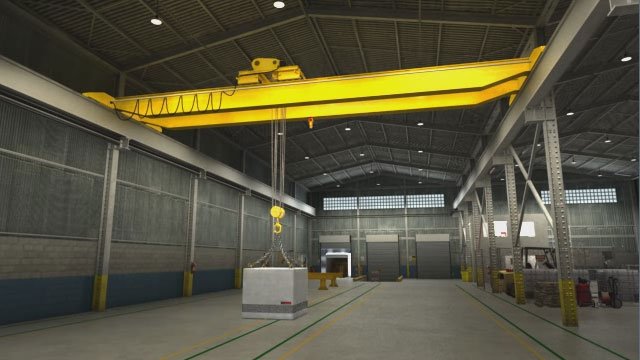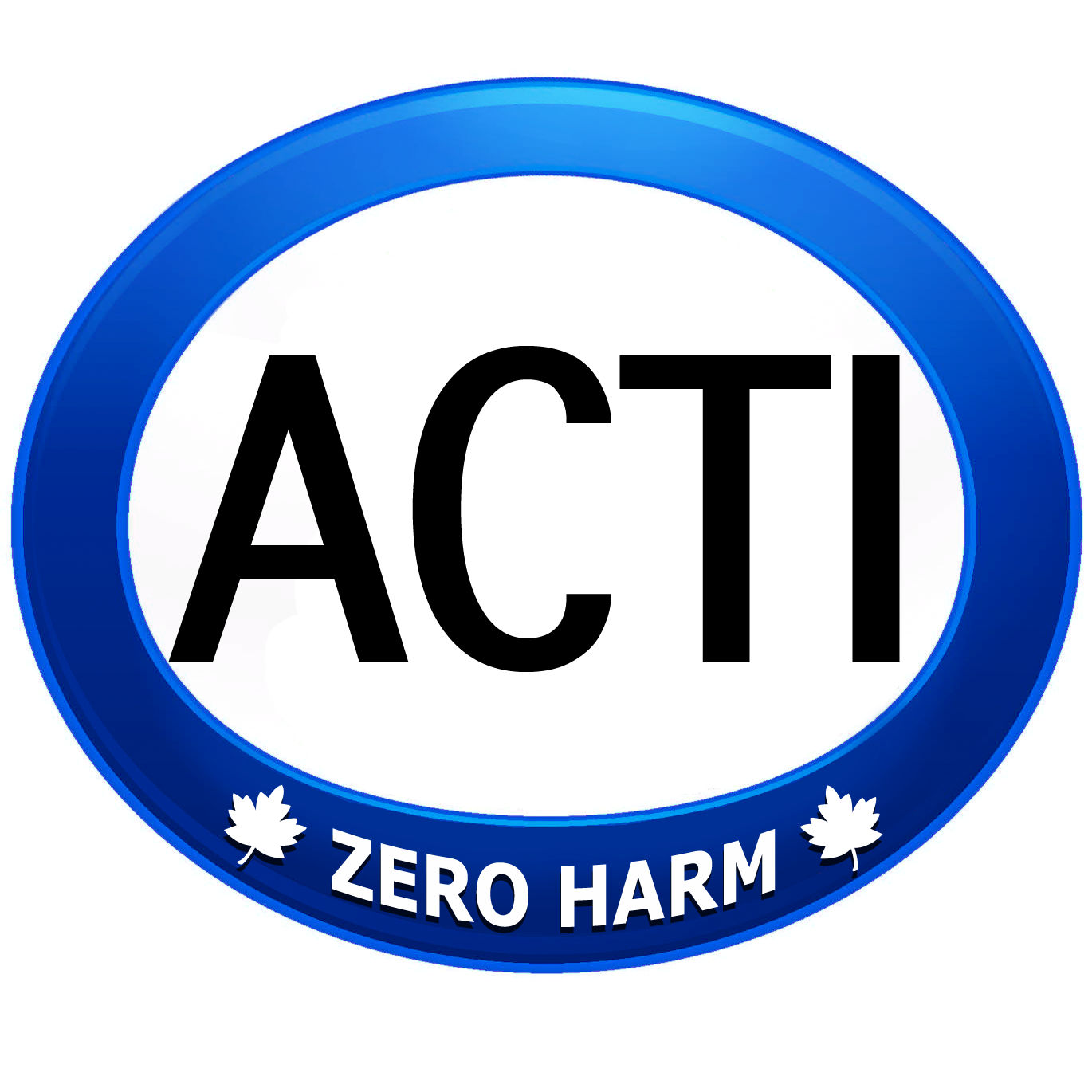
The Alberta Construction Training Institute’s (ACTI) Overhead Crane training is 8 hours in duration and is designed for hoist operators. The training material is designed to give operators the necessary knowledge of equipment, safety principles, and operation, along with an understanding of relevant standards, and applicable requirements. Training related to specific types of cranes or hoists shall be consistent with the equipment manufacturer’s training requirements and site specific training may be required in some circumstances.
Our theory-based training will be given through classroom instruction. The theory-based training shall be followed by knowledge testing and a practical evaluation in our Virtual Reality Simulator. Our simulator will simulate swing control and a obstacle course in a shop environment using multiple type lift configurations.
This training simulator is used in competency assessments for employees and all sessions can be recorded as proof of competency for your employees. Our simulator will score the participant on overall control of the load and crane, collisions with objects in the simulation, instructors scoring check list and the obstacle course with in the simulation.
During the course, the participants will be educated in the following elements of our training
- applicable legislation and occupational health and safety requirements applying to crane and hoist operation;
- Worker and employer responsibilities;
- Hazard identification and mitigation;
- identification of the different types of cranes and hoists, common components and their functionality, safety devices, and equipment terminology;
- operator’s functional check (activities to be done before and at the end of the shift);
- load handling and basic rigging principles;
- internationally recognized hand signals;
- operator daily-log books;
- facility-specific information, including company policies and company or local safety rules (for operators working primarily at one location); and
- manufacturer-specific information, as applicable (for operators working primarily with one type of crane or hoist).
